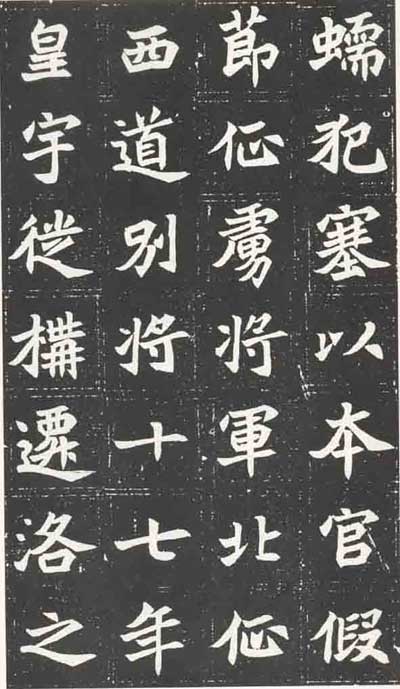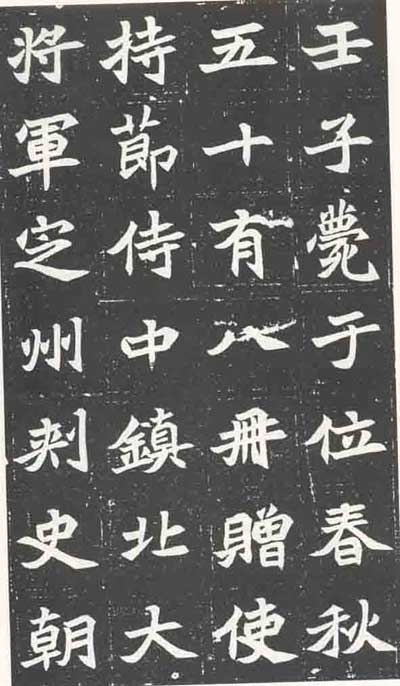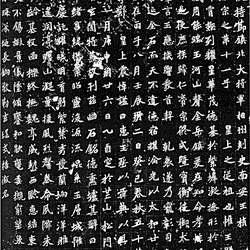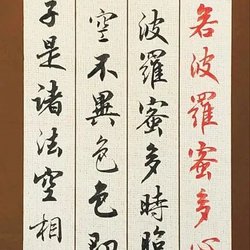


The Mangshan area in Luoyang is the burial ground for the royal family of the Northern Wei Dynasty, and a large number of epitaphs have been unearthed. The biggest feature of these epitaphs is that they are written in mature regular script, with oblique drawings and tight knots; the style is elegant, strong and solemn; the brushwork is mature and the charm is full of charm; the style is standardized and the calligraphy and engraving are exquisite, representing the mainstream of the time The aesthetic orientation of calligraphy style laid the foundation for the subsequent trend of regular script. The Northern Wei Dynasty's "Yuan Chang Epitaph" was unearthed in 2002 in Jiyuan, Henan Province. It was an epitaph in regular script that was the mainstream calligraphy style at that time. This epitaph was carved in the second year of Xiping in the Northern Wei Dynasty. Its calligraphy style is consistent with the "Mangshan style" style of the same period, and does not show the overall trend of elegance and legality. This mainstream calligraphy style has a wide influence in the north and has obviously moved towards elegance. Compared with the regular script of the Northern Wei Dynasty during the Pingcheng period, it has changed from quality to prose, from simplicity to elegance, from clumsiness to skill, from vulgarity to elegance, and has moved to a higher level. Mature.
The full name of "Yuan Chang's Epitaph" is "The Epitaph of Wei's Former Shizhong Zhenbei General, Dingzhou Governor Song Zicheng". The stone is 79 centimeters high and 79 centimeters wide, in regular script, with 26 lines and 26 characters, totaling 664 characters. It belongs to the category of fine calligraphy and engraving. The knife technique is delicate and delicate. In addition, it was unearthed not long ago and is well preserved. The writing edge is as clear as if it was newly discovered. This is helpful for us to "see the brushwork through the knife technique" during practice and write on paper. Restoration of penmanship. The style of "Yuan Chang's Epitaph" is gorgeous, dignified and plump; the pen is both square and round, the lines are clear, the rise and fall are measured, and the turning is versatile; the structure is dense and rigorous, shaped by the characters, the center of gravity is steady, and the momentum is taken horizontally; the rhyme is high and the rhythm is strict , the shape is divine, elegant, and quite temple-like.




















